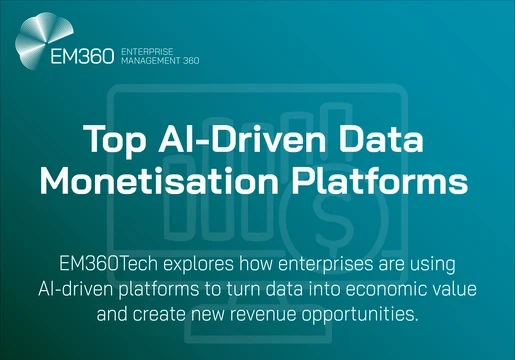The healthcare world is changing, fast. It’s no longer enough for pharmaceutical benefit managers (PBMs), providers, or pharmacies to simply “stay compliant.” With rising drug costs, increasing regulation, and an intense focus on patient safety, the bar has moved. Now, it’s about turning compliance into a competitive edge—and using it to improve care in real-time.
That’s exactly where platforms like pharmawatch come in. Rather than treat compliance as a checkbox exercise, pharmawatch approaches it as a source of insight—a way to monitor, analyze, and optimize pharmaceutical operations from top to bottom. For PBMs, that means smarter data. For providers, more control. And for patients, safer, more reliable treatment plans.

The New Standard: Visibility That Drives Action
It’s one thing to document that a medication was dispensed correctly. It’s another to know, in real time, whether that medication is doing what it’s supposed to do—or if it’s causing problems elsewhere. That’s the gap pharmawatch helps fill.
With real-time monitoring capabilities, the platform lets stakeholders detect inconsistencies early, spot patterns in medication usage, and take action before small issues become major setbacks. It’s not just a matter of staying within regulatory bounds—it’s about optimizing outcomes across the board.
For example, when PBMs track prescribing behaviors through pharmawatch, they can spot costly inefficiencies or off-label use before they snowball. And providers? They get tools to better manage high-risk therapies and intervene when patients veer off course—all without adding friction to clinical workflows.
Data Isn’t Just for Auditors Anymore
For years, pharma compliance has focused on satisfying audits, meeting FDA expectations, and keeping paperwork in order. All important, of course—but no longer sufficient. In a world where every health decision is expected to be evidence-based, the same data collected for compliance now needs to fuel decision-making.
Pharmawatch bridges that shift. It captures detailed data on drug utilization, distribution, and efficacy—then turns it into something usable. Not just for auditors, but for business leaders, clinicians, and operations teams trying to move the needle.
This is especially useful for PBMs managing thousands of prescriptions across dozens of networks. With a platform like pharmawatch, they can see not just what’s happening, but why it’s happening. And that context leads to better outcomes—clinically and financially.
From Siloed Systems to Connected Insight
Healthcare is still plagued by disconnected systems. What the pharmacy knows doesn’t always sync with what the provider knows. What the PBM sees might be days behind real time. And that disconnect? It puts patients at risk and erodes trust across the entire system.
That’s why pharmawatch’s integrated approach matters. It doesn’t just report the data—it connects the dots. Prescribers, payers, and pharmacists can align on the same set of insights, reducing the lag between issue and intervention.
Instead of retroactively finding out about an adverse drug interaction or a compliance failure, teams can flag it and address it early. This shared visibility doesn’t just make healthcare safer—it makes it smarter.
Why It’s More Than a Tech Upgrade
Let’s be clear: platforms like pharmawatch aren’t just about efficiency. They’re about shifting the mindset from reactive to proactive, from reporting to improving. And in today’s landscape, that shift isn’t optional—it’s essential.
The regulators are watching more closely. Patients are demanding more transparency. And organizations that can’t connect the dots between compliance, cost, and care won’t just be behind—they’ll be obsolete.
That’s why early adopters of intelligent pharmaceutical platforms are pulling ahead. They’re using pharmawatch not just to stay in bounds, but to lead the charge toward value-based care. They're proving that when compliance and care work together, everyone wins.
What Comes Next
The pharmaceutical space is becoming more connected, more accountable, and more data-hungry by the day. And with that shift comes real opportunity—for organizations ready to embrace smarter systems.
Tools like pharmawatch are already setting the tone for what modern pharma oversight should look like: agile, informed, and outcome-focused. It’s no longer about tracking what happened. It’s about shaping what happens next.
For forward-thinking PBMs and providers, that means one thing: compliance is just the beginning. The real goal? Better care, powered by better intelligence.







Comments ( 0 )